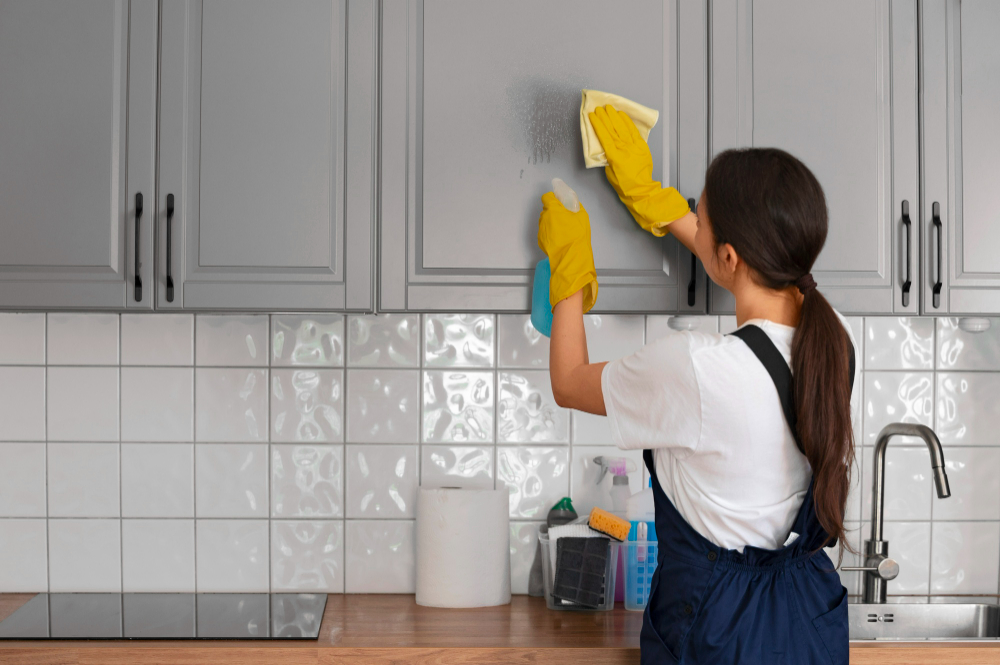

- Regularly check for pests and hazards to prevent home-based illnesses, prioritize maintenance, and establish healthy habits.
- Maintaining a healthy home is a shared responsibility and an investment in your family’s health.
- Regular inspections can catch potential issues before they become threats.
- Simple changes, like wiping feet before entering, can have a big impact on household health.
Our homes—where we expect safety, comfort, and shelter—are not always the havens we believe them to be. In fact, various environmental factors within our cozy abodes can quietly contribute to the onset of illnesses, from pesky colds to more serious ailments. Addressing these risks is crucial for maintaining a healthy living space. This comprehensive guide details the common causes of diseases at home and offers effective prevention strategies to keep your household a health haven.
The Importance of a Healthy Home Environment
A healthy home is one in which the space nurtures and supports well-being rather than undermining it. The World Health Organization notes that as much as one-third of all diseases are due to environmental factors, many of which can be found at home. Understanding and addressing these factors can transform your home into a fortress against illness.
Key Risks and Prevention Strategies
There are many ways that our homes can contribute to disease. Some risks are easy to overlook, while others are more obvious but require consistent attention.
1. Household Pests and Rodents
Pests aren’t just off-putting; they can be vectors for various diseases. For instance, cockroaches can spread salmonella, while rodents can transmit hantavirus. The key to prevention is to make your home inhospitable to these unwelcome guests.
And what better way to do this than implementing regular rodent control and pest management measures? Keep your home clean, seal any cracks or openings, and avoid leaving food in the open. If you do spot signs of pests or rodents, take swift action to eradicate them.

2. Mold and Mildew
Mold loves damp, humid environments, and it can wreak havoc on your respiratory system. The key is to keep your home dry and well-ventilated. You can prevent mold growth by fixing any leaks, using exhaust fans in moisture-prone areas like the bathroom and kitchen, and regularly cleaning and airing out your home. In addition, it’s important to address any existing mold or mildew immediately. This may require professional remediation to fully eradicate the issue.
3. Poor Air Quality
Indoor air pollution can cause or exacerbate respiratory issues. Regular cleaning and proper ventilation can greatly reduce exposure to harmful particles in the air. When the quality of outdoor air is poor, it’s important to limit the amount of time spent outdoors and to keep windows and doors closed. Using an air purifier can also help improve indoor air quality.
You can also use natural air purifiers like plants to help filter and clean the air in your home. Furthermore, make sure to regularly replace air filters in your HVAC system and consider investing in an air purification system for added protection.
4. Contaminated Food
Foodborne illnesses can be especially troublesome, but they are largely preventable through proper storage and cooking techniques. The more you know about food safety, the better equipped you’ll be to protect yourself and your family. Make sure to properly store perishable foods in the refrigerator or freezer, wash fruits and vegetables before consuming, and cook meats thoroughly. It’s also important to regularly clean and disinfect kitchen surfaces where bacteria can thrive.

5. Waterborne Pathogens
Improperly maintained water systems can harbor bacteria like Legionella, which causes Legionnaires’ disease. Regular maintenance and filtration are your best defenses. You can also prevent waterborne illnesses by avoiding drinking untreated water and regularly cleaning and disinfecting your home’s water sources, such as faucets and showerheads.
Additionally, it’s important to be aware of any potential sources of contaminated water in your area, such as bodies of water that may contain harmful bacteria. If you are unsure about the quality of your tap water, consider using a filtration system or purchasing bottled water for drinking and cooking.
Implementing Effective Disease Prevention at Home
The battle against home-based illnesses is ongoing, but it can be won through vigilance and regular maintenance. Here’s how to make it a part of your routine:
- Regular Inspections – Consistent checks for signs of pests, leaks, and other potential hazards can catch issues before they turn into threats.
- Prioritize Maintenance – Addressing problems like water damage and air system failures promptly can prevent larger, more costly issues down the line.
- Establish Healthy Habits – Simple changes, like wiping your feet before entering to prevent tracking in contaminants, can have a big impact on overall household health.
Final Thoughts
Maintaining a healthy home environment is a shared responsibility and a worthwhile investment in your family’s health. By being proactive and addressing potential risks, you can create a living space that promotes wellness and vitality. Make it a point to review your home’s health regularly and institute the changes needed to safeguard against these invisible threats. Your home, after all, should be the very definition of a safe haven.